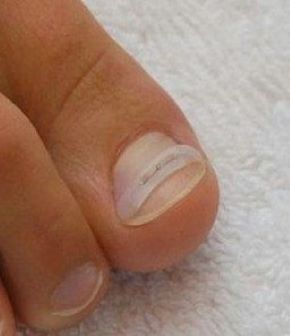After a sedentary work week, end-zone catches and 36-hole weekends can take their toll in common sports injuries. The seven most common sports injuries are:
- Ankle sprain
- Groin pull
- Hamstring strain
- Shin splints
- Knee injury: ACL tear
- Knee injury: Patellofemoral syndrome — injury resulting from the repetitive movement of your kneecap against your thigh bone
- Tennis elbow (epicondylitis)
To see how to prevent and treat these common sports injuries — and to learn when it’s time to look further than your medicine cabinet to treat sports injuries— read on.
The most common sports injuries are strains and sprains
Sprains are injuries to ligaments, the tough bands connecting bones in a joint. Suddenly stretching ligaments past their limits deforms or tears them. Strains are injuries to muscle fibers or tendons, which anchor muscles to bones. Strains are called “pulled muscles” for a reason: Over-stretching or overusing a muscle causes tears in the muscle fibers or tendons.
“Think of ligaments and muscle-tendon units like springs,” says William Roberts, MD, sports medicine physician at the University of Minnesota and spokesman for the American College of Sports Medicine. “The tissue lengthens with stress and returns to its normal length — unless it is pulled too far out of its normal range.”
Preventing the most common sports injuries
Sometimes preventing common sports injuries is beyond our control, but many times sports injuries are preventable. “Some injuries,” Roberts says, “we bring on ourselves because we’re not conditioned for the activity.” His advice: “Work out daily and get double benefit — enjoy your weekend activities and garner the health benefits.”
Every workout should start with a gentle warm-up to prevent common sports injuries, says Margot Putukian, MD, director of athletic medicine at Princeton University. “Getting warmed up increases blood flow to the muscles, gets you more flexible, and could decrease injuries,” she adds.
Overuse injuries are common and preventable, according to Putukian. “Don’t come out and hit the ball for an hour after not playing for a while,” she says. Whether it’s hiking, running, or team sports, do some “pre-participation training” first by lightly working the relevant muscle groups in the weeks before the activity.
And learn to recognize when you’ve already left it all on the field. “Stop when you are fatigued,” says Roberts. “Muscle fatigue takes away all your protective mechanisms and really increases your risk of all injuries.” You can always come out to play again next weekend — if you don’t get injured today.






